Rolling ball fountain is a mesmerizing water feature that captivates viewers with its tranquil beauty and unique movement. These art installations are commonly found in gardens, public spaces, and even indoor settings. But have you ever wondered how these fascinating fountains actually work? In this blog, we’ll explore the inner workings of a rolling ball fountain and some common reasons for the stop of a water-turning ball fountain.
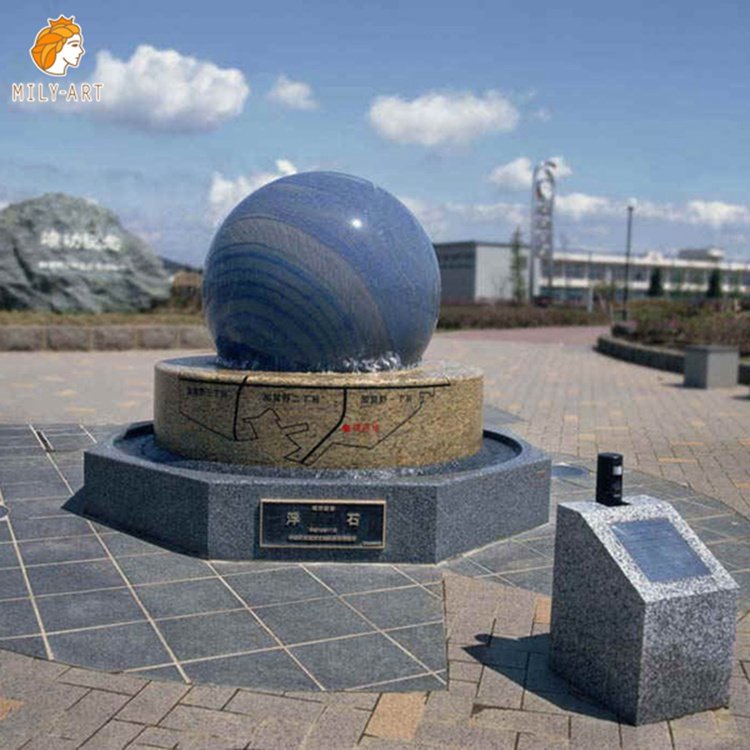
Components of a Rolling Ball Fountain:
A rolling ball fountain consists of several essential components that work together harmoniously. These include:
a) Base: The base serves as the foundation of the fountain and houses the water supply, pump, and other mechanical elements.
b) Water Basin: The water basin holds the water and serves as the reservoir for the fountain.
c) Pump: The pump is responsible for circulating water from the basin to the top of the fountain.
d) Spout: The spout is the point where water is released from the pump and directed upward.
e) Catch Basin: The catch basin is a reservoir located below the spout, collecting the water that cascades down from the top.
f) Rolling Ball: The rolling ball is the centerpiece of the fountain, gliding and rolling on the surface of the water.
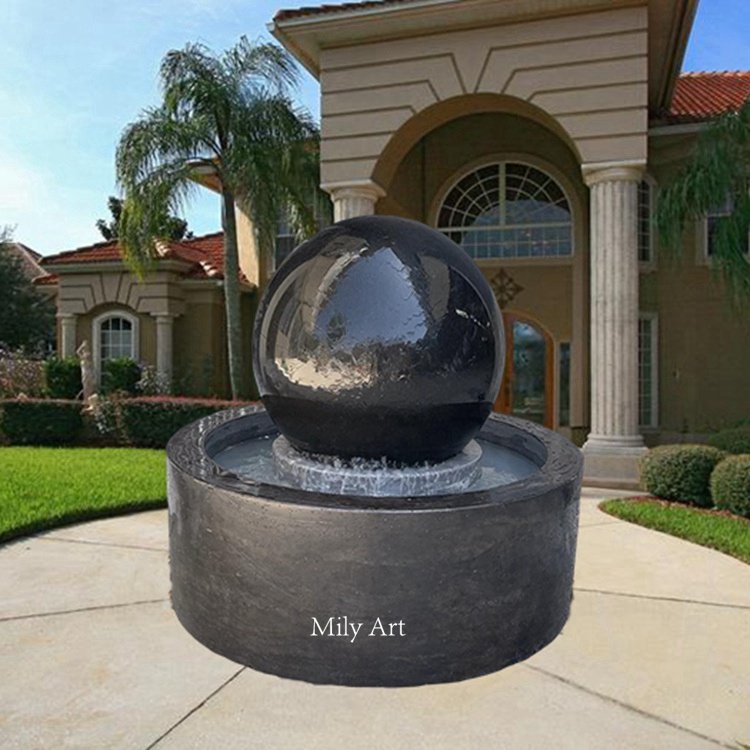
How Does the Water Ball Fountain Work?
1. Water Circulation:
The key principle behind a rolling ball fountain is the continuous circulation of water. The pump, positioned within the base, draws water from the basin and propels it through tubing up to the spout. The spout is designed in a way that directs the water flow with enough force to create an upward stream.

2. The Magic of the Rolling Ball:
The rolling ball in a rolling ball fountain appears to defy gravity as it gracefully moves across the water’s surface. However, it’s not magic but rather the result of clever engineering.
a) Water Tension: The surface tension of water plays a crucial role in supporting the rolling ball. The rolling ball is typically made from a material that is denser than water, such as stone or metal. The surface tension allows the ball to float on the water’s surface without sinking.
b) Precision Balance: The rolling ball is precisely balanced to ensure that its weight is distributed evenly. This balance, combined with the surface tension of the water, enables the ball to roll smoothly and effortlessly.
c) Hidden Support Mechanism: To maintain the illusion of the ball rolling without any visible support, a hidden mechanism is used beneath the water’s surface. This mechanism is designed to guide the ball’s movement and keep it aligned on its path.
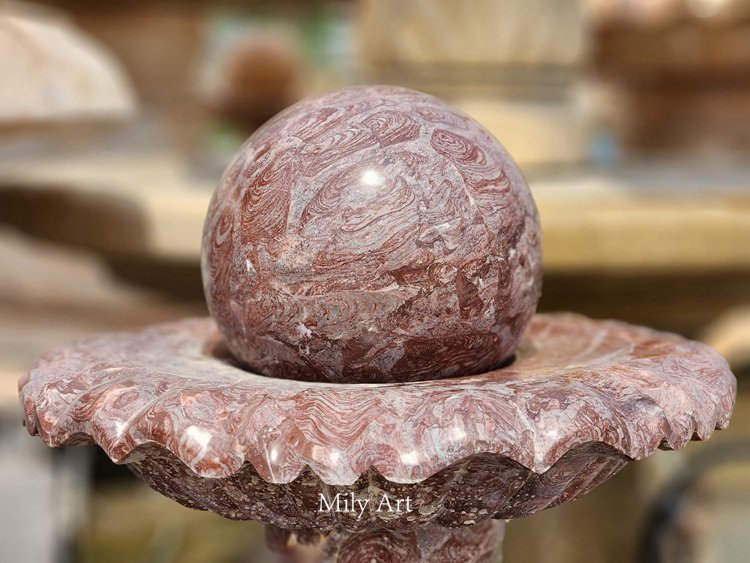
3. Catch Basin and Recirculation:
As the water cascades down from the top of the fountain, it collects in the catch basin located below. The catch basin serves two purposes: it prevents water from splashing outside the fountain, and it acts as a reservoir to recirculate the water back to the pump. This recirculation ensures a continuous flow of water, allowing the rolling ball to maintain its mesmerizing movement.
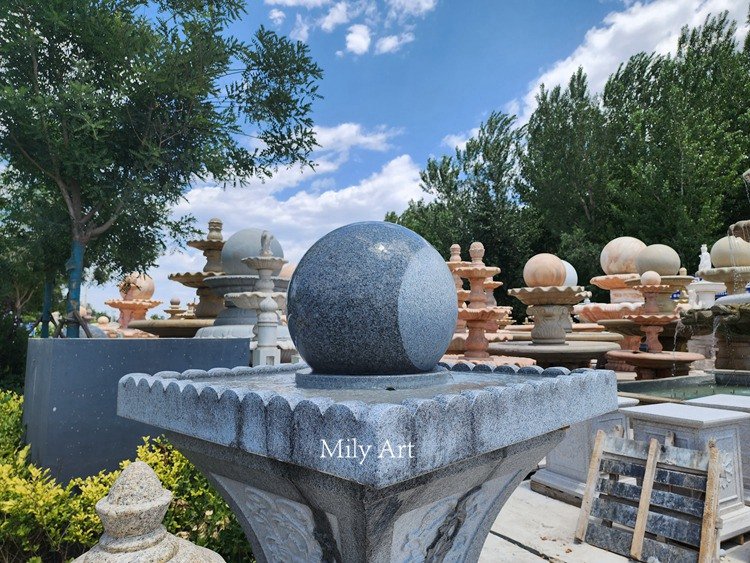
Common Reasons for the Stop of Rolling Ball Fountain:
1. Pump Malfunction:
The pump is the heart of a water-turning ball fountain, responsible for circulating water and creating the necessary flow for the ball’s movement. If the pump malfunctions due to mechanical failures, electrical issues, or clogged impellers, the fountain may come to a halt. Regular maintenance, including cleaning and inspecting the pump, can help prevent such malfunctions. If the rolling ball fountain pump is damaged beyond repair, it may need to be replaced.
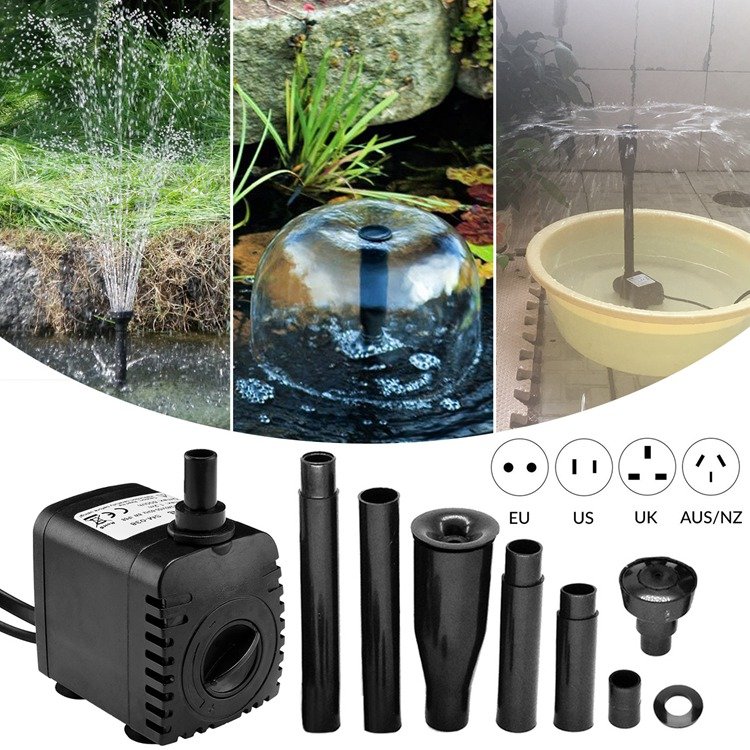
2. Water Supply Problems:
Insufficient water supply or water flow issues can also lead to the sudden stop of a water-turning ball fountain. If the water level in the basin is too low, the pump may not be able to draw water effectively, causing the ball to stop rolling. Additionally, clogged or blocked water supply lines can impede the water flow and disrupt the fountain’s operation. Regularly checking the water level and ensuring clear water supply lines can help avoid these problems.
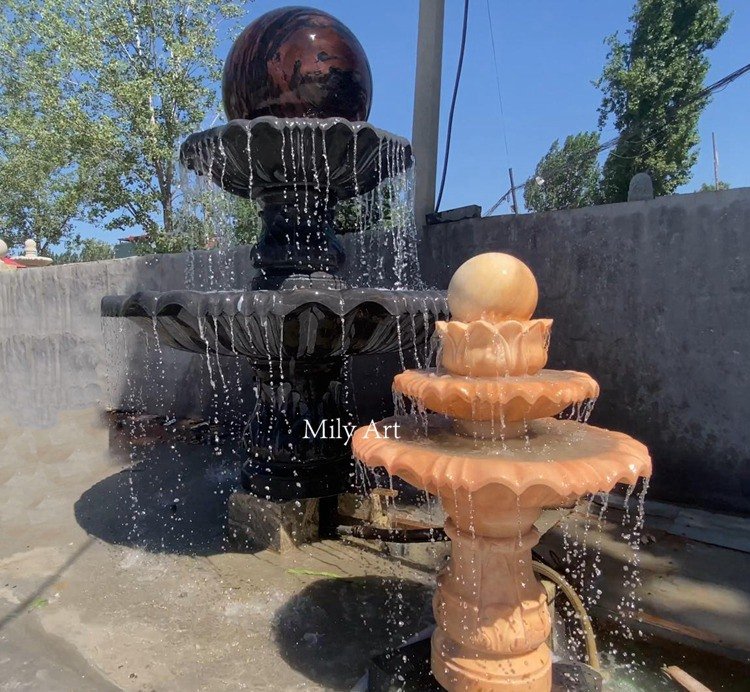
3. Maintenance and Cleaning Neglect:
Neglecting regular maintenance and cleaning can contribute to the sudden stop of a water-turning ball fountain. Debris, such as leaves, dirt, or algae, can accumulate in the water basin, pump, or water supply lines, obstructing the flow of water and causing the fountain to malfunction. Routine cleaning, including removing debris and regularly checking and cleaning the pump and water supply components, can prevent blockages and ensure the smooth operation of the fountain.

In conclusion, rolling ball fountains are not only captivating and visually stunning, but they also showcase the ingenuity of engineering and physics. By understanding their inner workings, we can appreciate the artistry behind these enchanting water features. However, it’s important to remember that even these masterpieces can experience interruptions. Issues such as pump malfunctions, water supply problems, and neglected maintenance can cause the sudden stop of a water-turning ball fountain. By addressing these factors and ensuring regular upkeep, we can keep these fountains flowing gracefully, allowing us to continue enjoying their tranquil beauty for years to come.
Where Can You Buy a High-Quality Water Ball Fountain?
Mily is a factory specializing in the production of marble water ball fountains. The marble water ball fountains made by our factory masters are not only beautiful but also have better-flowing water effects. This is because we have excellent designers and production masters, who can accurately calculate the data of each part, and design and produce a marble water ball fountain with a good flowing water effect. More importantly, every completed water ball fountain will be tested by the staff to ensure that it works well. And under our factory direct sales model, we can guarantee you the factory price. If you want to buy a rolling marble ball fountain, please feel free to contact us.



One Response
I stay in houston texas I need someone to work on my rolling ball.